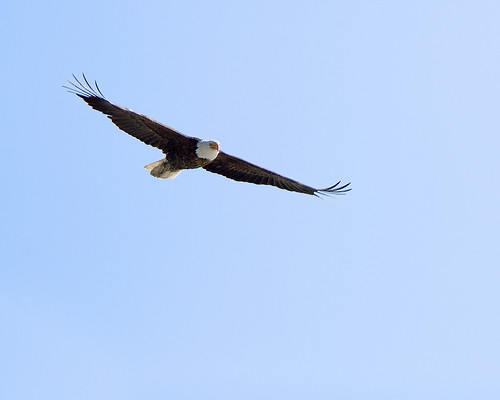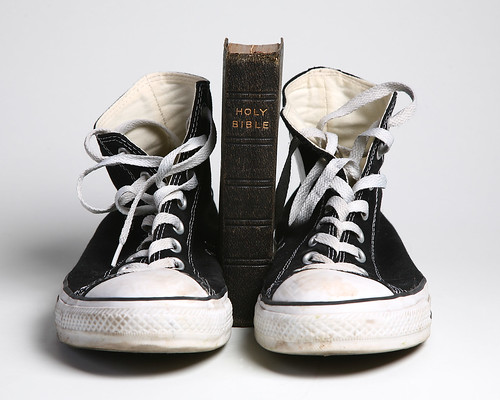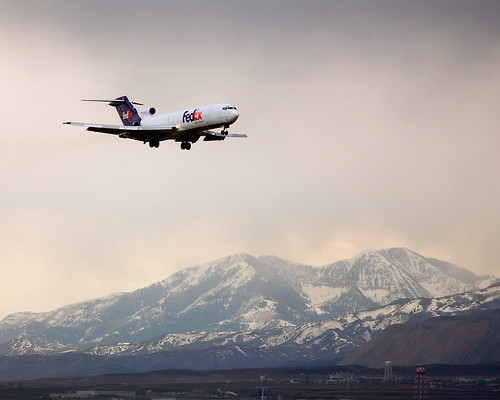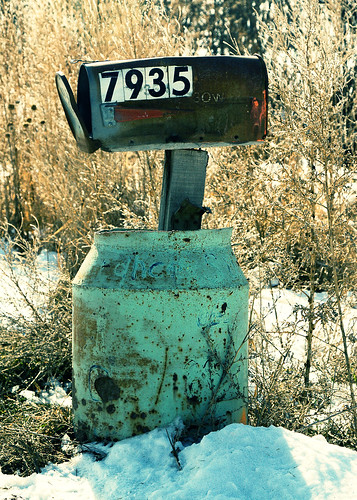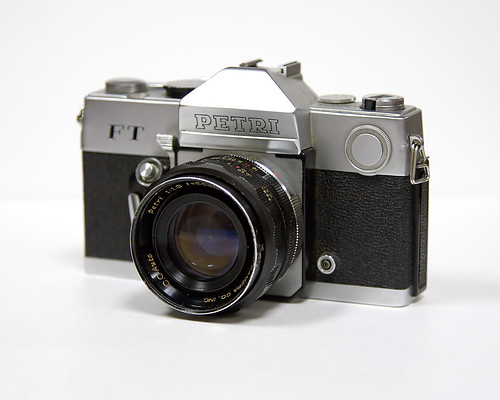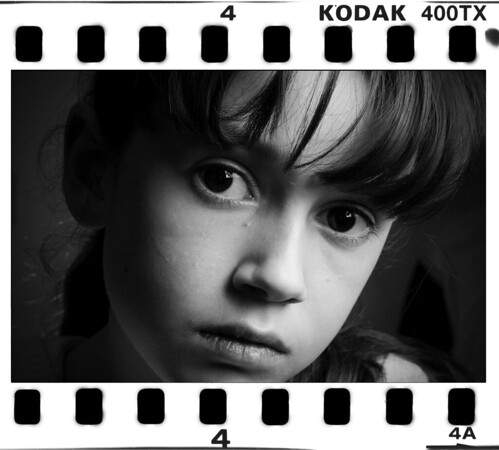An Experiment in Post-Processing
This image is the result of some recent post-processing experimentation. I had seen a similar style applied to portraits and sought to create the effect myself. I wanted the eyes to remain fairly sharp while having much of the remaining image appear almost animated with a blurred glow. My workflow on the shot was mostly trial and error. The resulting photo came very close to what I desired.
Now, if I could only remember the steps I took to create it... :)
Canon 5D, Canon 24-105 f/4L IS lens - 1/125 second, f/22, ISO 50
Labels: photoshop



